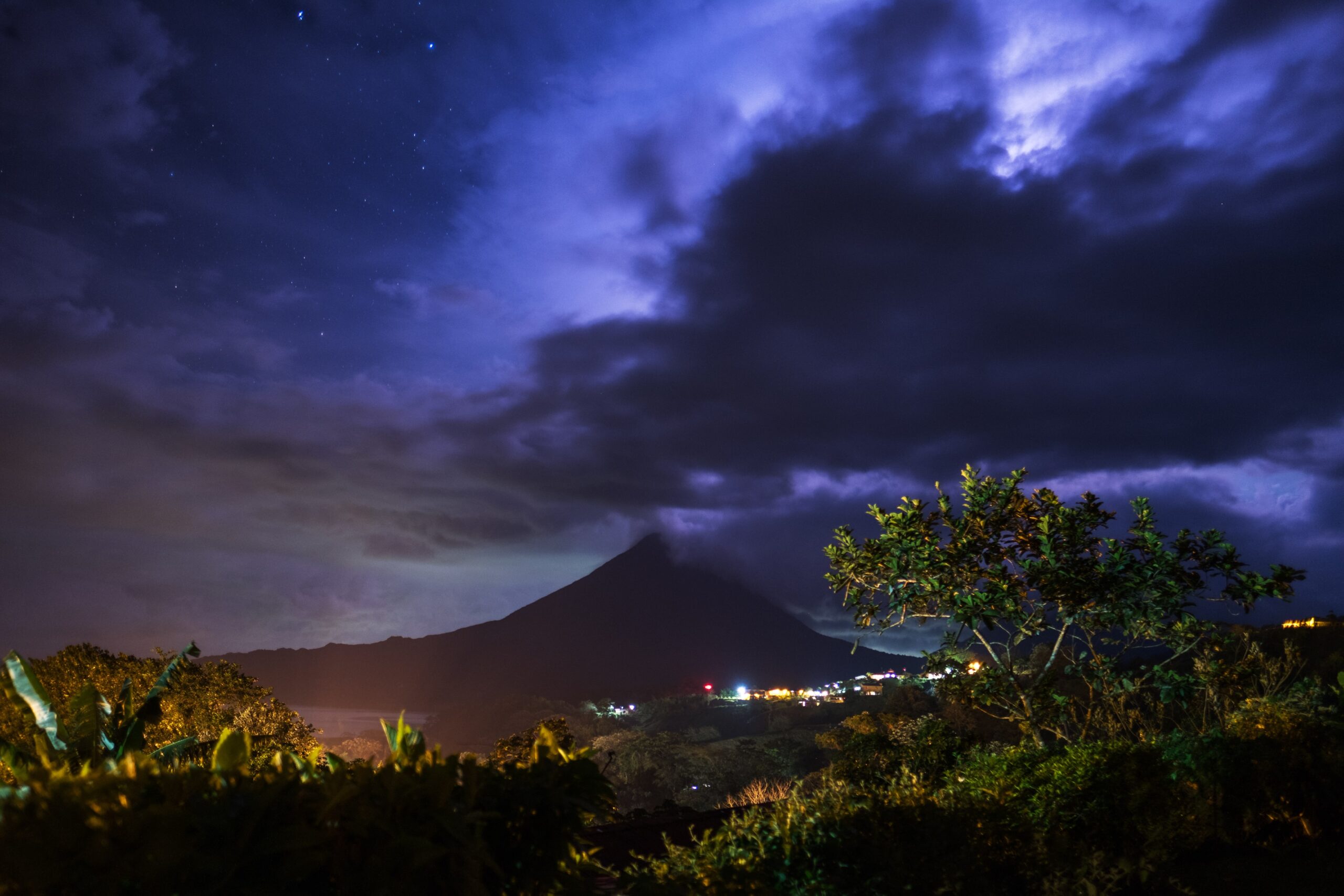
Top 7 Climate Tips for Building Your Dream Home in Costa Rica
Costa Rica is a dream destination for homeowners looking to build in a tropical paradise. However, the country’s unique climate can present both challenges and opportunities. Whether you’re building a modern villa or a cozy retreat, understanding the environmental factors that influence home design in Costa Rica is critical to ensuring your home remains comfortable, sustainable, and resilient.
In this guide, we’ll explore the top climate considerations and tips for building your dream home in Costa Rica, helping you navigate everything from heat and humidity to rainfall and environmental sustainability.
1. Design for tropical heat
Costa Rica’s warm, tropical climate means that controlling heat is one of the most important aspects of home design. Choosing heat-reflective materials, such as light-colored roofs or heat-resistant shingles, can help keep your home naturally cool. Additionally, designing with airflow in mind (for example, by incorporating cross ventilation) will allow cool ocean breezes to move freely through your home.
Pro Tip: Consider adding a shaded outdoor area, such as a deck or pergola, to expand your living space without exposing your home to excessive direct sunlight.
Internal Link: Learn more about our architectural design services to incorporate climate-sensitive designs into your project.
2. Control humidity
Humidity is a year-round reality in many parts of Costa Rica, especially in coastal areas. This can lead to moisture buildup and the potential for mold and mildew to form. To combat this, it’s critical to choose materials that resist moisture, such as treated wood and moisture-resistant insulation. Proper window and door sealing also helps prevent moisture from seeping into your home.
Installing dehumidifiers or designing with high ceilings to promote air circulation can also help mitigate the effects of high humidity.
External link: For more tips on designing for tropical climates, check out this external guide.
3. Build for the rain
Costa Rica sees significant rainfall, especially during the rainy season, which can lead to flooding or structural damage if not managed properly. When building a home in Costa Rica, it is essential to account for heavy rainfall by incorporating an efficient drainage system.
Designing sloped roofs and ensuring your property has the proper slope are key to preventing water accumulation. Also, make sure gutters and downspouts are installed to direct water away from your home’s foundation.
Internal link: Check out our detailed guide on site plans and permits to ensure your project is prepared for Costa Rica’s climate challenges.
4. Considere materiales de construcción sostenibles
Sustainability is a priority in Costa Rica, and using environmentally friendly building materials not only aligns with the country’s values, but also improves the durability of your home. Bamboo, for example, is a popular, renewable building material that thrives in Costa Rica’s climate. Similarly, reclaimed wood and locally sourced stone can help minimize your environmental footprint.
Pro tip: Look for energy-efficient glass for windows that helps block UV rays while still allowing plenty of natural light into your home.
Internal link: Learn more about sustainable building design in Costa Rica and how to make eco-friendly choices for your new home.
5. Elevate your home
For homes built in low-lying or coastal areas, elevating the structure is a smart way to protect against flooding. Elevated homes not only provide better airflow, but they also protect the living space from rising waters that can accompany Costa Rica’s rainy season.
Consider building on stilts or incorporating an elevated foundation to keep your home safe from flooding while also improving the overall aesthetics of your property.
6. Incorporate outdoor living spaces
One of the perks of living in Costa Rica is spending time outdoors, so it makes sense to incorporate outdoor spaces into your home design. Whether it’s a covered terrace, a poolside lounge, or a tropical garden, outdoor areas can become an extension of your living space.
Be sure to design these spaces with materials that can withstand heat, humidity, and rain, such as composite decking or ceramic tiles.
Internal link: Find out how our project management services can ensure a smooth construction process, from planning to completion.
7. Plan para la actividad sísmica
Costa Rica is located in a seismic region, so it’s important to design your home with earthquake resistance in mind. This means working with engineers to ensure the structural integrity of your home, using materials that can absorb impacts, and securing heavy furniture to minimize risks during an earthquake.
In addition, foundations should be reinforced and attention paid to the placement of load-bearing walls to improve overall safety.
Internal Link: Explore our Engineering Services to learn more about building resilient structures in Costa Rica.
Conclusion
Building a home in Costa Rica offers endless possibilities, but it’s essential to take into account the particular climate factors to ensure your home remains comfortable, sustainable, and protected. From managing tropical heat to planning for rainfall and seismic activity, every design choice plays a critical role in adapting your home to Costa Rica’s environment.
Call to Action: Are you ready to get started on your dream home project? Contact Brunka Engineering today to discuss your plans and let our team of experts guide you through the process of building a climate-friendly home in Costa Rica.
External Link: Interested in more resources? Check out this guide to building in Costa Rica for more information.



